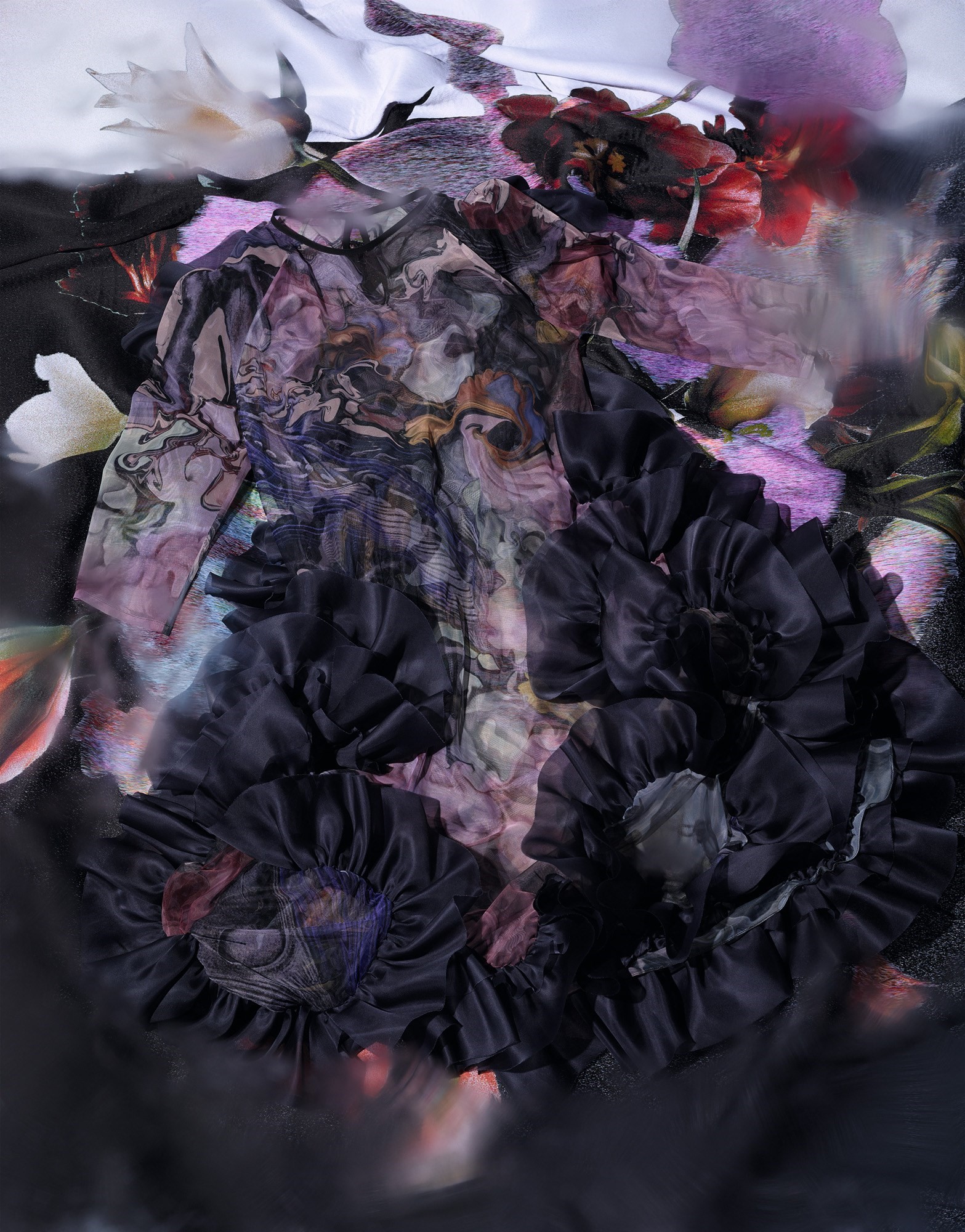I remember the day of the opening on 10 September 2004. A lot of people were confused. The message of ‘beautiful chaos’ appeared to be resonating, but for the wrong reasons. Where is the men’s department? How can the cafe be right next to the clothes? Who are we trying to appeal to? Where is the basement? Or – is there a basement? And what does Shakespeare Meets Picasso actually mean? The chaos was just chaotic, not beautiful, and doomsayers abounded. We tried to tell people that the basement was actually in the basement, that all departments were mixed up deliberately, that we wanted to appeal to everyone who wanted a new, inspiring, invigorating shopping experience, without borders and definitions, and that the installations and sets – such as Shakespeare Meets Picasso by the great and sorely missed Michael Howells – were intended to give an exciting visual backdrop to stimulate the senses and make one feel positive.
The first four or so years were tough. I remember the furniture for Ronnie Loves, a hugely successful curated space by Ronnie Cooke Newhouse, being so heavy all the staff dreaded her coming in and wanting to move it. I remember several invasions of the whole store by Stephen Jones, Chanel and the ICA. Karl Lagerfeld couldn’t make it to the Chanel opening, so he sent ten life-sized cardboard cut-outs of his image that did very nicely instead, scattered as they were all over the building. For Stephen’s 25th-anniversary invasion, we had to keep almost the entire staff all night, hanging all the hats from all the ceilings on all the floors. Nobody wanted to take them down, so popular had the exhibition been, but also because it was even more difficult than putting them up. After about four years of enormous endeavour, changing windows every few weeks, constantly looking for new young talent, closing down every six months for three days and transforming the shop for each new season, we finally broke even. And we’ve not looked back since, going from strength to strength, and opening in Tokyo, New York, Beijing, Singapore and, most recently, Los Angeles.
We celebrated our ten-year anniversary on Dover Street with a huge wooden structure, designed, as are most of the DSMs, by Rei Kawakubo, with positive messages emblazoned thereon. We had two problems with this. Firstly, a lot of people thought we had closed down, and secondly, Dickon Bowden, who has been by my side since the beginning, nearly went to jail because of some misunderstanding with Westminster City Council. Not long after that, we had a nice letter from our landlords saying we’d made Dover Street – the street itself – so popular they had no choice but to triple the rent. Luckily they had another building to offer us, which was three times bigger but proportionately less expensive. The trouble was that it was south of Piccadilly and as any sensible merchant knows, nobody shops south of Piccadilly. Being a risktaker by nature, and also not being terribly interested in believing market research, we took the beautiful old Burberry building on Haymarket. There are bound to be some people who will come south of Piccadilly, we thought. We’ve never aspired to appeal to the majority anyway. Democracy can sometimes be seriously flawed, as we are seeing more and more all over the world.
In these scary, uncertain times we live in, we feel it is more and more important to stick to our guns, to not be beholden to established principles, to not listen to industry norms, to never compromise, and always believe in the power of creation, without which there is no progress.
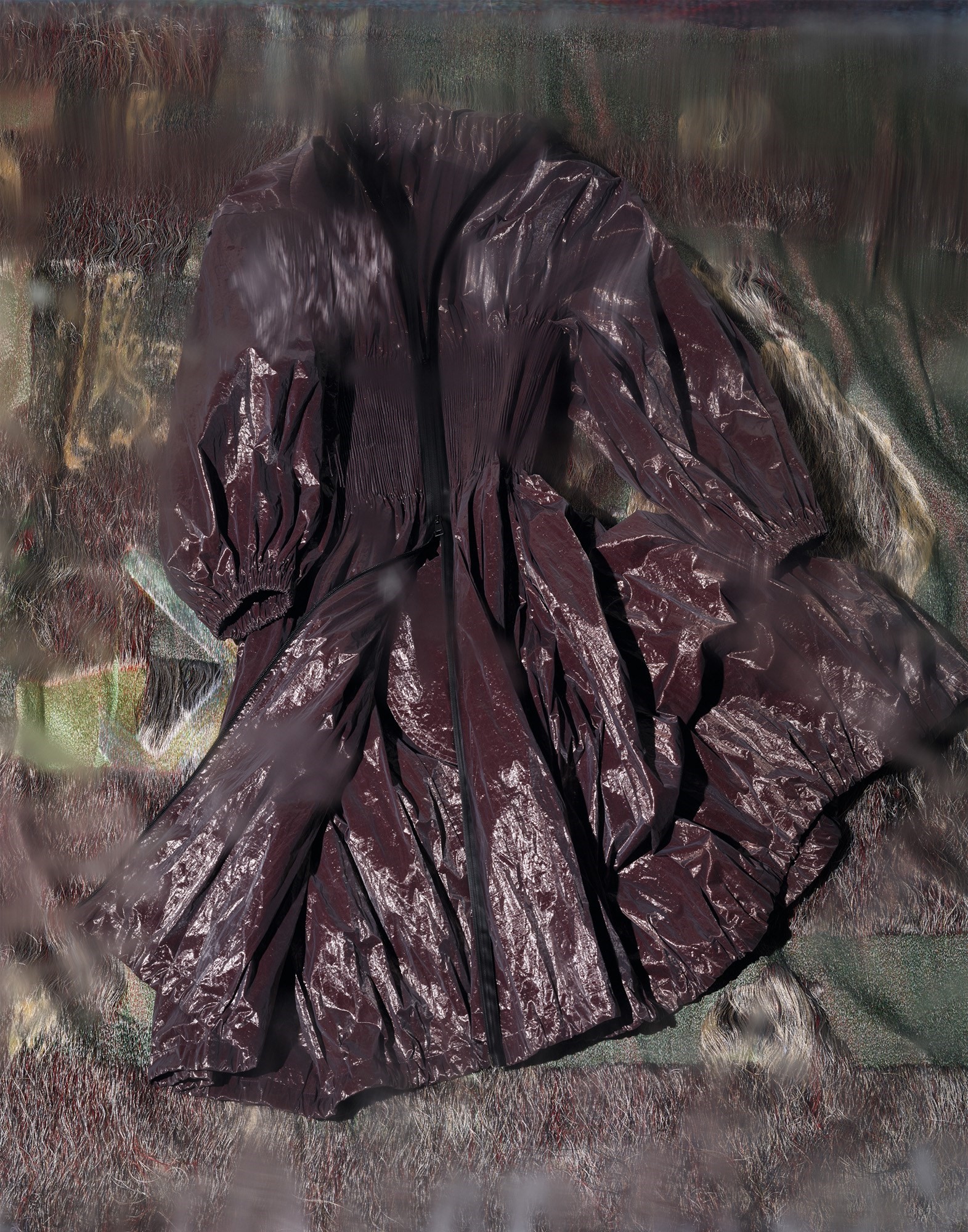
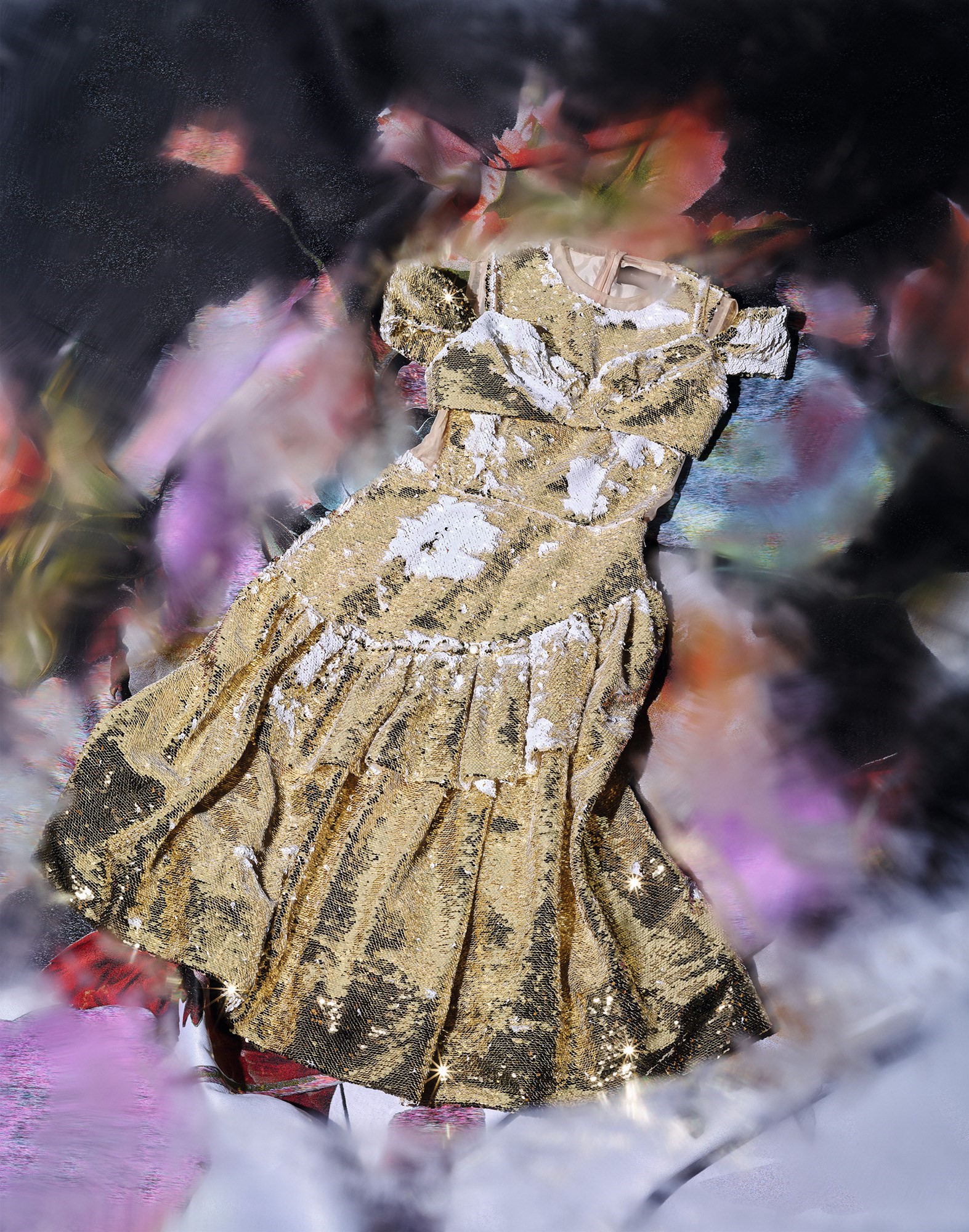
We have never wavered from our original idea of sharing our space with like-minded creative people, each with something of their own to say. Inclusivity and a sense of community among our staff and customers have never been more important. I am intensely proud to say that the success of Dover Street Market rests entirely on the incredible teamwork of the nearly 300 people who work with us worldwide. Most emotionally resonant of all is the fact that these core values are the same as those of Comme des Garçons, the values that Rei Kawakubo has practised without ever straying one inch for the past 50 years.
AnOther Magazine asked for lots of anecdotes, so here is one more to end. I’ll never forget the emotionally charged moment when the coverings were removed simultaneously from the Haymarket windows, revealing the ethereal beauty of the massive white spheres behind. There were very few dry eyes among the scores of exhausted staff who witnessed this from the pavement in the early hours of that opening day.
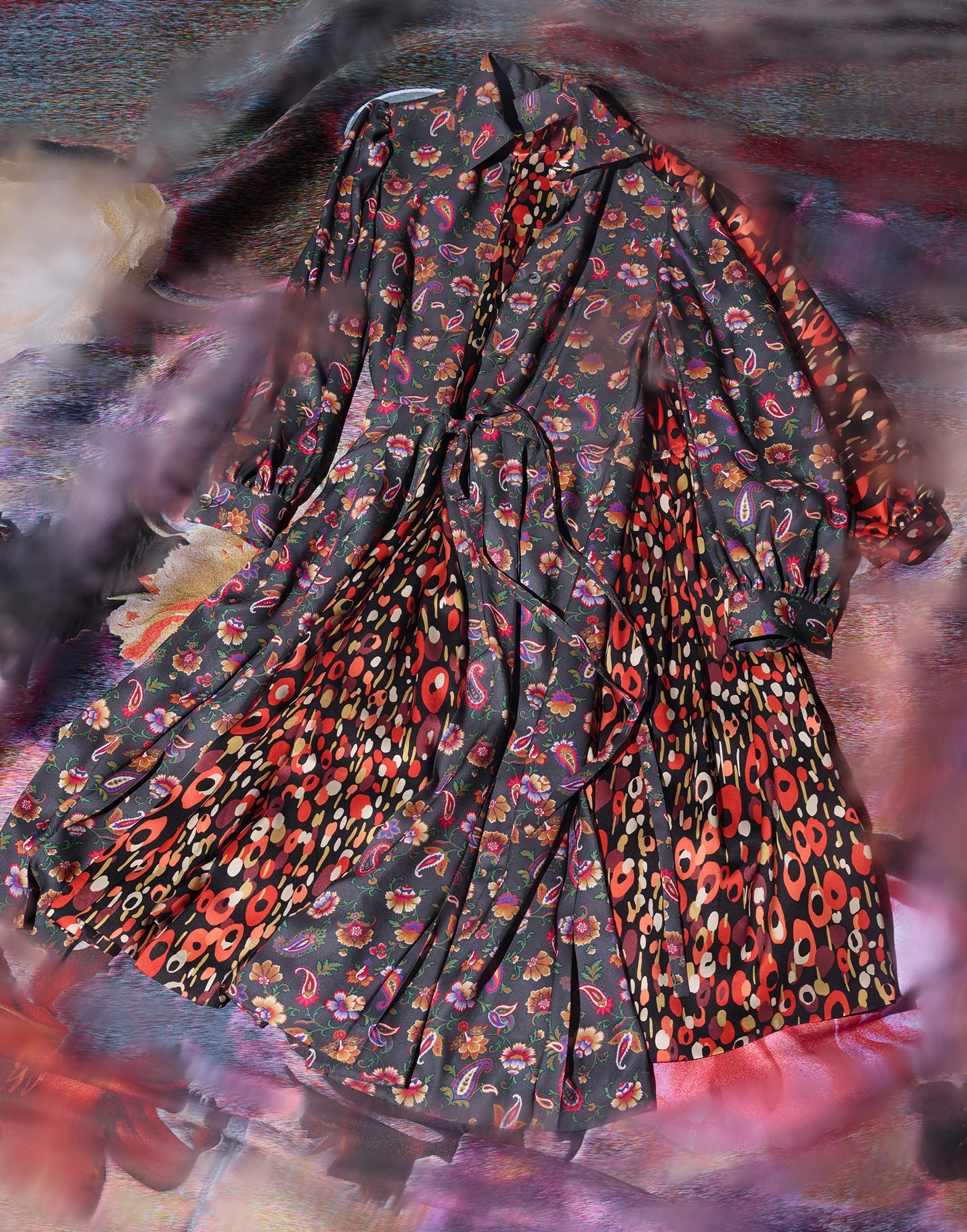
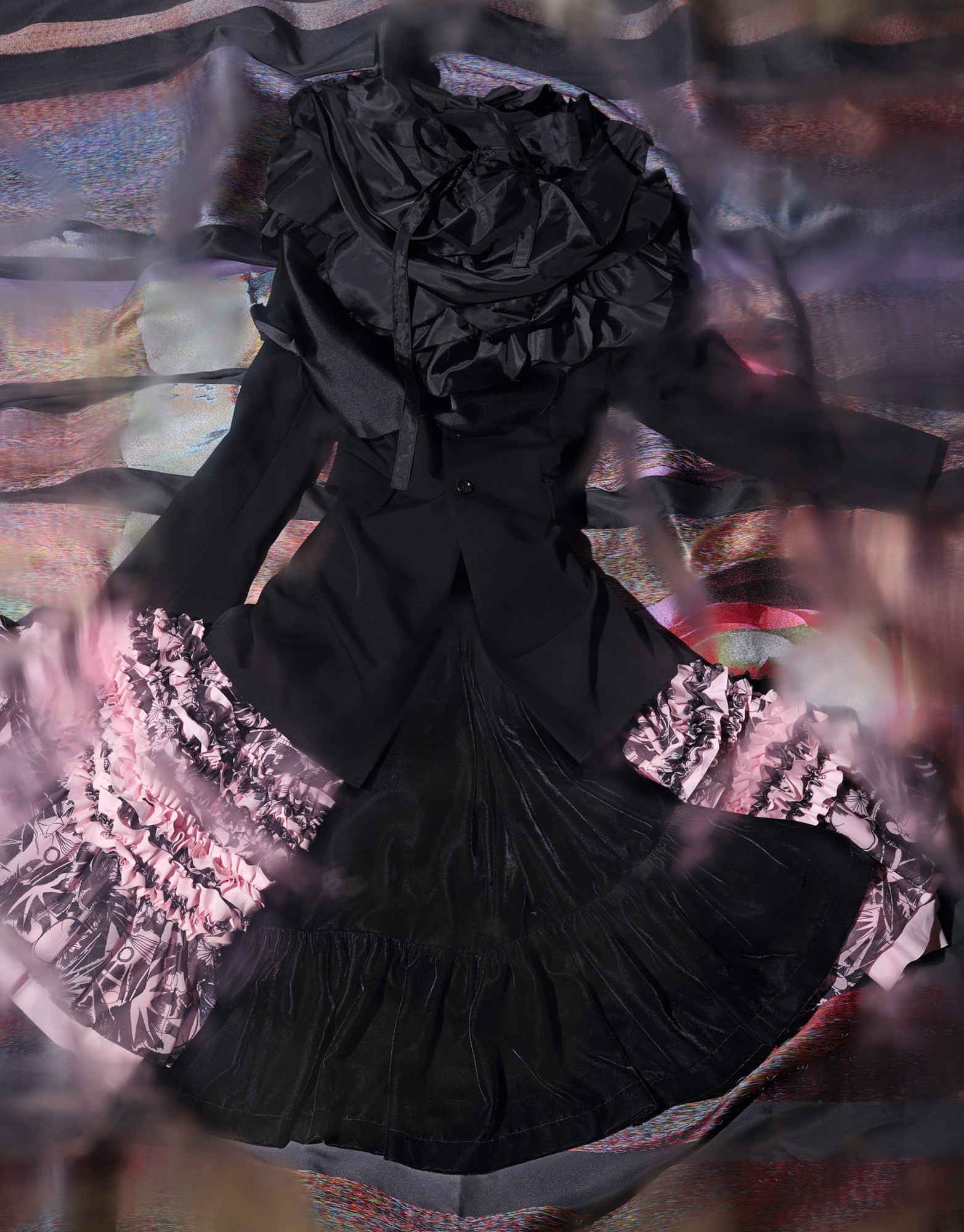
There are countless fond memories. Our famous and infamous Open Houses in each of the DSMs have sometimes been so popular, so crowded, and involved so much hard work, that we’ve begun experimenting with the Closed Open House, the exact definition of which escapes me, although the sense of nonsense is appealing. Another of the mysterious goings-on at DSM is the management of queues for hot sneaker launches. This operation never ceases to irritate me since I want everyone who wants a pair to get one, but I have learnt to stay well out of it. I only ask that it is as fair as possible.
The constantly changing environment and pursuant evolving energy at DSM is primordial to the nature of our attempt to save the concept of the brick-and-mortar store, where people can meet each other and exchange ideas and show their individual vision. I can only end by thanking most sincerely each and every one of our staff and all the partners and co-conspirators we have ever worked with and whomever we will have the pleasure to work with in the future.
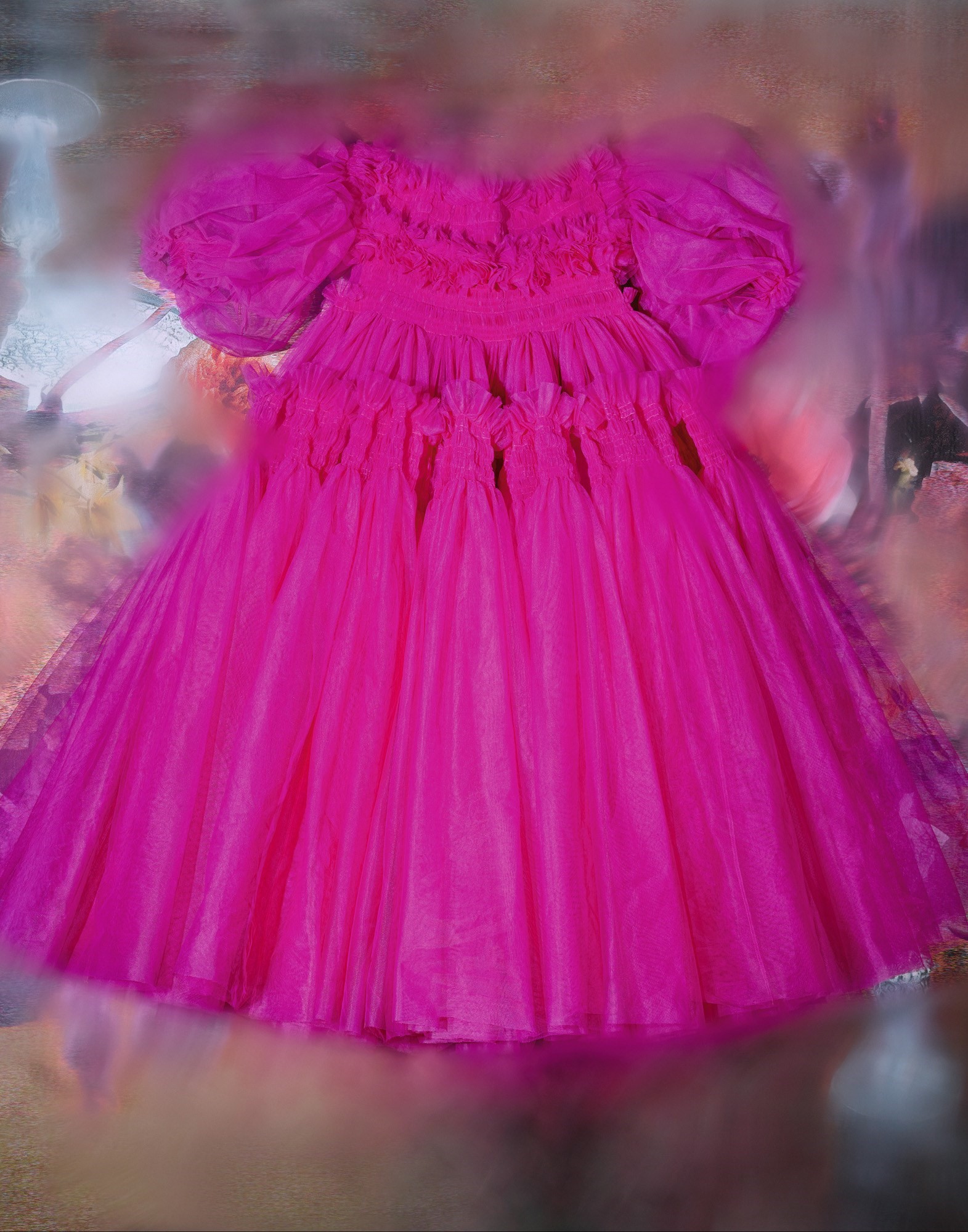

Dover Street Market celebrates 15 years with a series of special product launches and installations, launching November 29, 2019.
Retouching: Jan hibma. Producer: Melanie turpin at talent and partner. Special thanks to EE exclusives.
This story originally featured in the Autumn/Winter 2019 issue of AnOther Magazine, which is on sale now.
